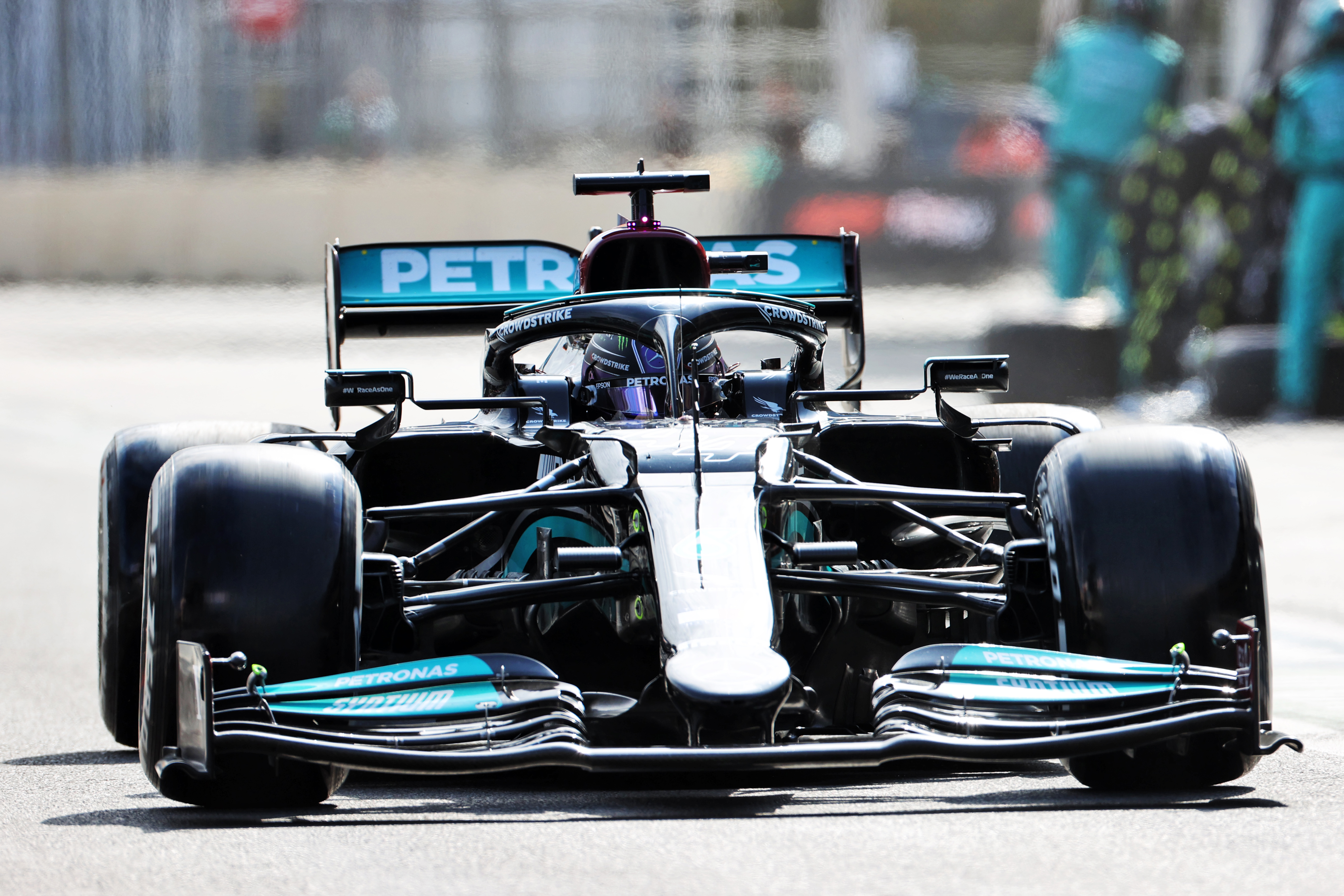Up Next

The action being taken in response to Formula 1’s massive tyre failures in the Azerbaijan Grand Prix points to a potential controversy that might otherwise have remained unidentified.
One of those crash victims, Max Verstappen, has since been proven wrong by Pirelli’s investigation: F1’s tyre supplier hasn’t blamed the failures on debris after all.
But it also hasn’t blamed the quality of the tyres for Verstappen’s massive Baku crash, or the similar one suffered by Lance Stroll. Pirelli also said that Red Bull and Aston Martin followed the right instructions for the starting parameters of the tyres, while those teams have independently stressed their compliance and said no car failure contributed to the crashes.
There has been an awful lot of ‘this wasn’t to blame’ in the aftermath, prompting 2009 world champion Jenson Button to offer “voodoo magic” as a cause.
But despite the opaqueness at play, Pirelli has actually blamed something – the vague “running conditions” of the tyres.
That’s not enough on its own and we’ve already gone over the various questions raised by the Pirelli investigation.

But reading between the lines of the statements, and the new protocols being put into place from the French Grand Prix following Pirelli’s analysis, we get a clear idea of the real problem Pirelli has been keen to tackle.
The reason Red Bull and Aston Martin might be considered responsible for the eventual failures despite complying with Pirelli’s prescribed parameters to run the tyres safely comes down to a grey area.
We can infer from Pirelli’s statement that it is possible for teams to meet the starting conditions but somehow not the running conditions that Pirelli expects as a result.
If so, it’s not technically illegal. There’s a parallel to be drawn here with the flexi-wing controversy in that a team may be satisfying a specific rule when the check is carried out (in this case, meeting the starting minimum) but not when the car is running.

Any team not engaging in such tactics will not want that because they’ll perceive rivals to be breaking the rules to gain a small performance advantage. Pirelli doesn’t want that because it compromises safety: its calculations for what its tyres can safely do in a race are useless if the anticipated running conditions are actually incorrect.
The depth of the new technical directive put together in the response to these failures is a clear indicator of the underlying suspicion that Pirelli already had over the techniques employed by certain teams.
There is a big list of changes to the protocols from France, including adding post-session tyre pressure checks, tightening up the window to take tyre blankets off, stopping teams running tyre blankets overnight to increase the heat the tyres are initially exposed to, and reminding teams they can’t modify the gas used to inflate tyres.
None of that is to say any team is definitely adopting any or all of those tactics. But the speed and detail of this action from the FIA and the tyre supplier is at the very least a clear nod to concerns that must have existed in the background and can now finally be acted on.
Ultimately, the failures invited scrutiny. That scrutiny was expected to yield the predictable answer of “debris”, but it didn’t.
Instead, the outcome is effectively a forensic interrogation of the monitoring of tyre operating conditions during a race weekend. And Pirelli now has the leverage to enforce some changes.

It’s interesting to consider what would have happened if Verstappen’s initial prediction for Pirelli’s investigation had proven correct.
Remember, Pirelli did find a significant cut on one of Lewis Hamilton’s tyres in Baku. But it didn’t fail.
What if similar cuts had been identified on the Verstappen/Stroll tyres? Might the cuts have been incorrectly named as the cause? Or would the evidence of the stressed shoulder still have been prevalent and therefore demanded the same level of attention?
Maybe that wouldn’t have changed anything. But we can be almost certain F1 teams wouldn’t have a whole suite of new tyre protocols to prepare for this weekend without the failures in Baku. Perhaps they would eventually. But almost certainly not right now.
So it seems that failures that might otherwise have been explained away as bad luck or an inferior Pirelli product, have actually uncovered something a bit more complicated and controversial.





